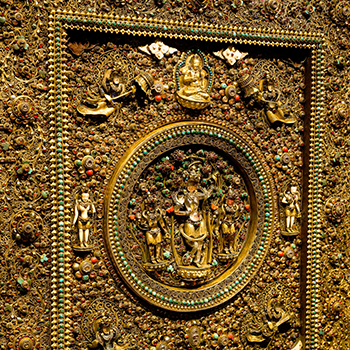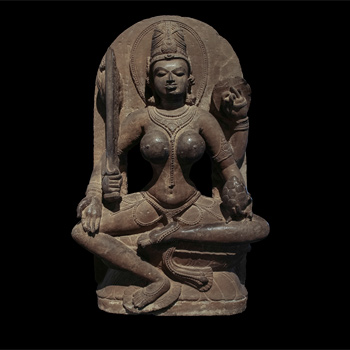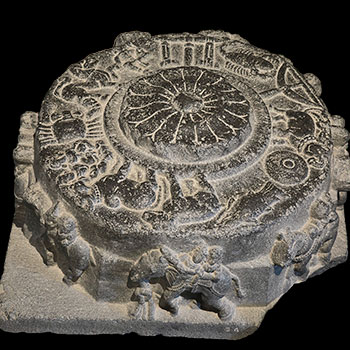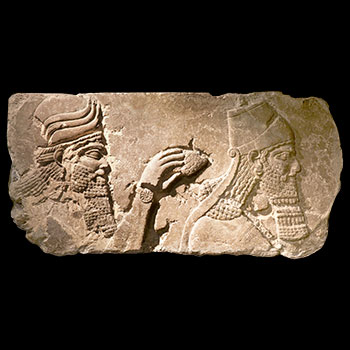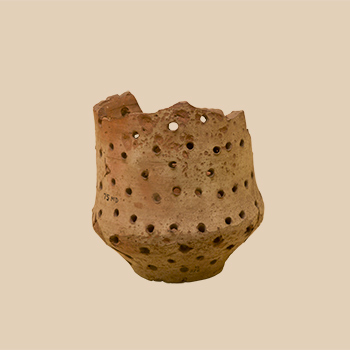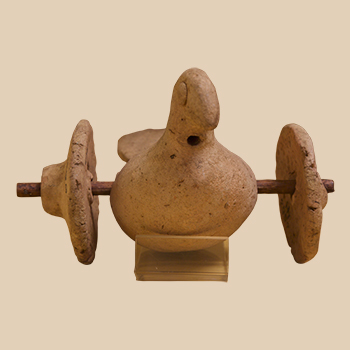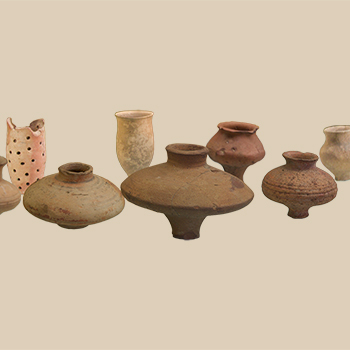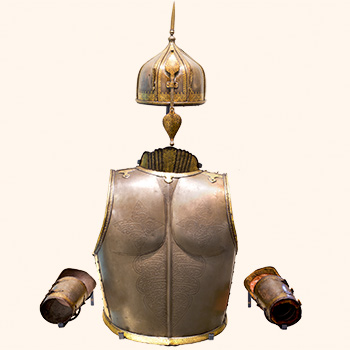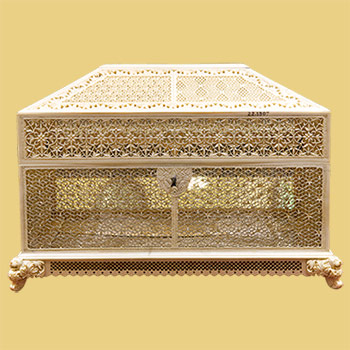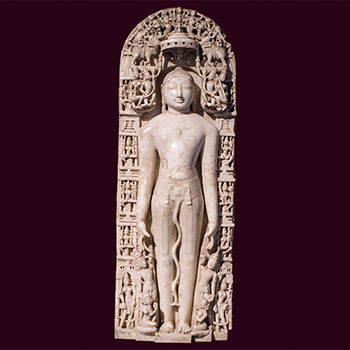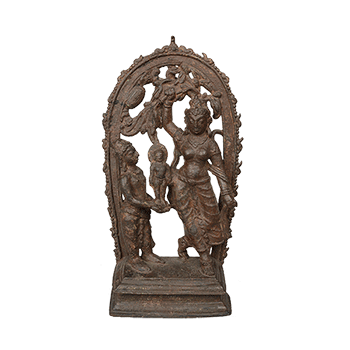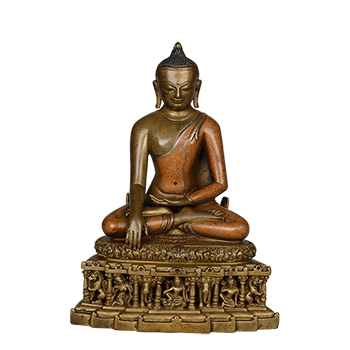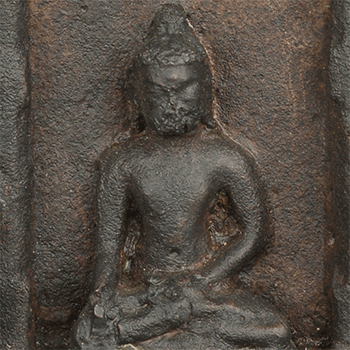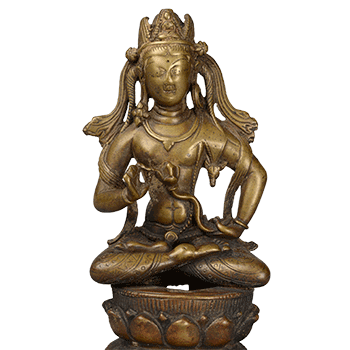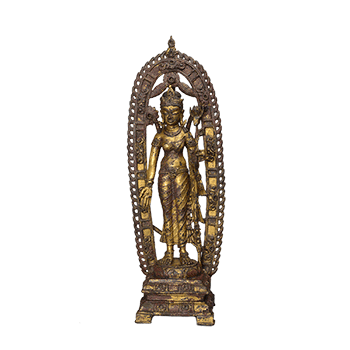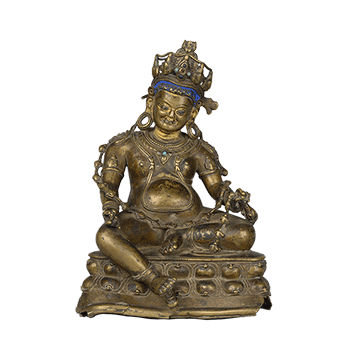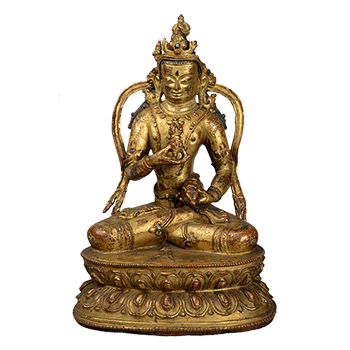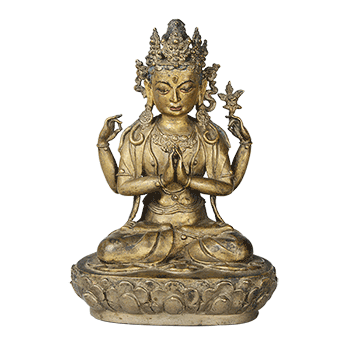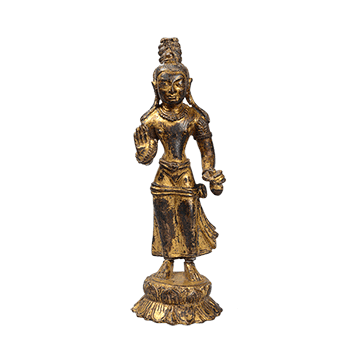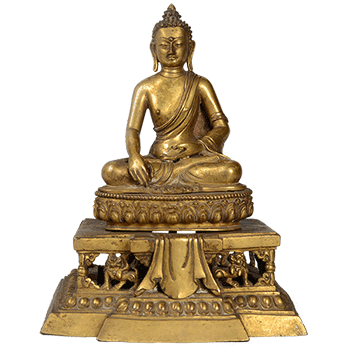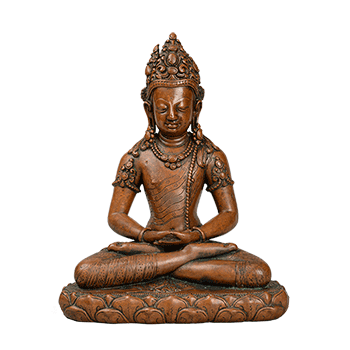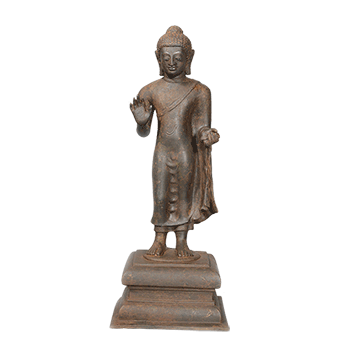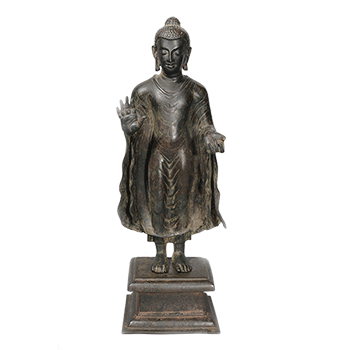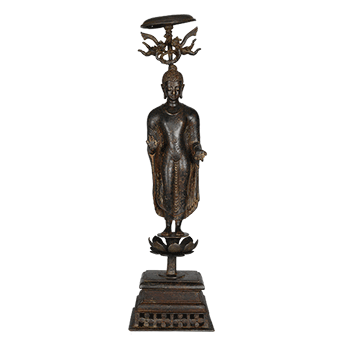The Buddhist deity Chintamani Lokeshvara Lokeshvara, is a Bodhisattva who fulfils all the physical and spiritual needs of his devotees. He is also considered to be a form of Avalokiteshvara. This form of the deity is popular in Kathmandu, Nepal. The Mahayana sect of Buddhism or the Great Path, which evolved around the birth of Christ, profoundly influenced Buddhist art as it encouraged personal faith and popularized the fundamental concept of a bodhisattva. The term bodhisattva generally describes a being who has all the qualifications of attaining Buddhahood but does not enter into the state so that he can remain to help the less fortunate. This concept theoretically opened the way for the creation of numerous bodhisattvas. As Buddhism travelled out of India the sculptural manifestations of Buddha and the Bodhisattvas spread and eventually took on the local iconographic features.

